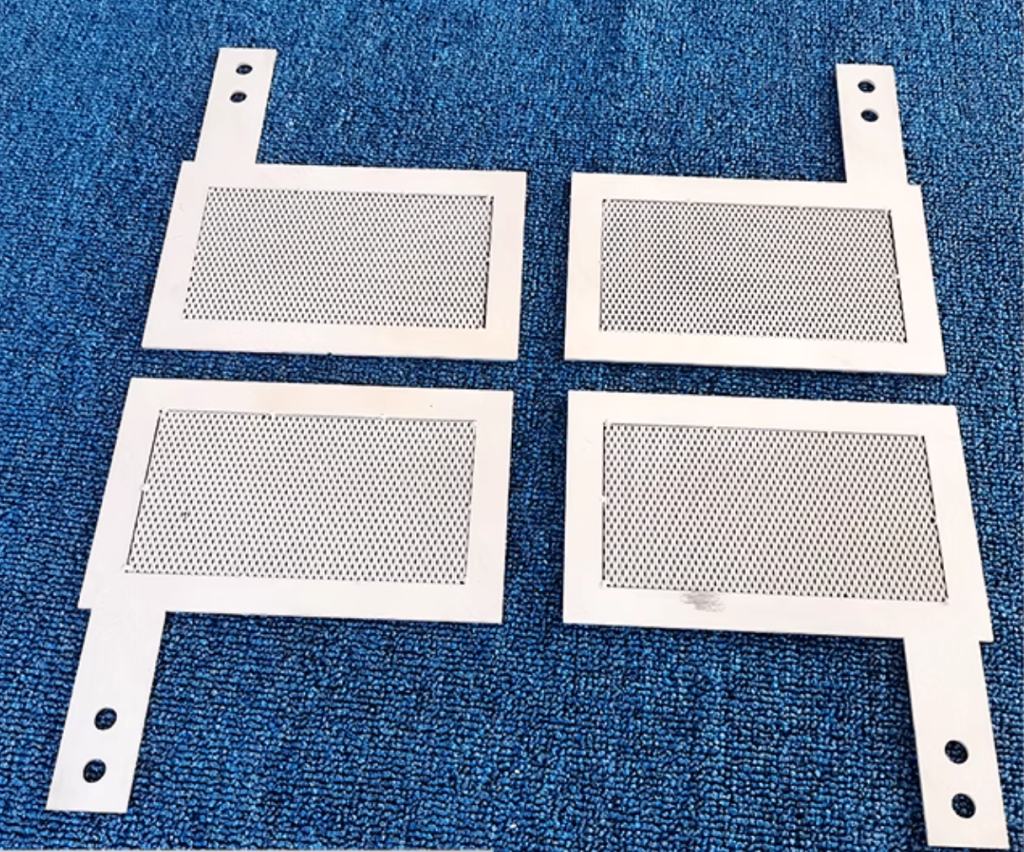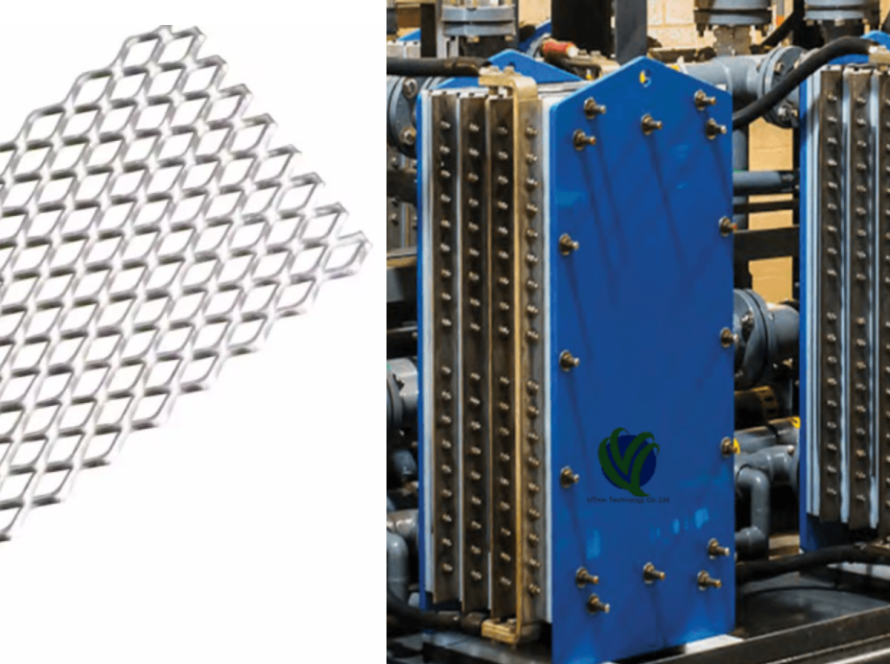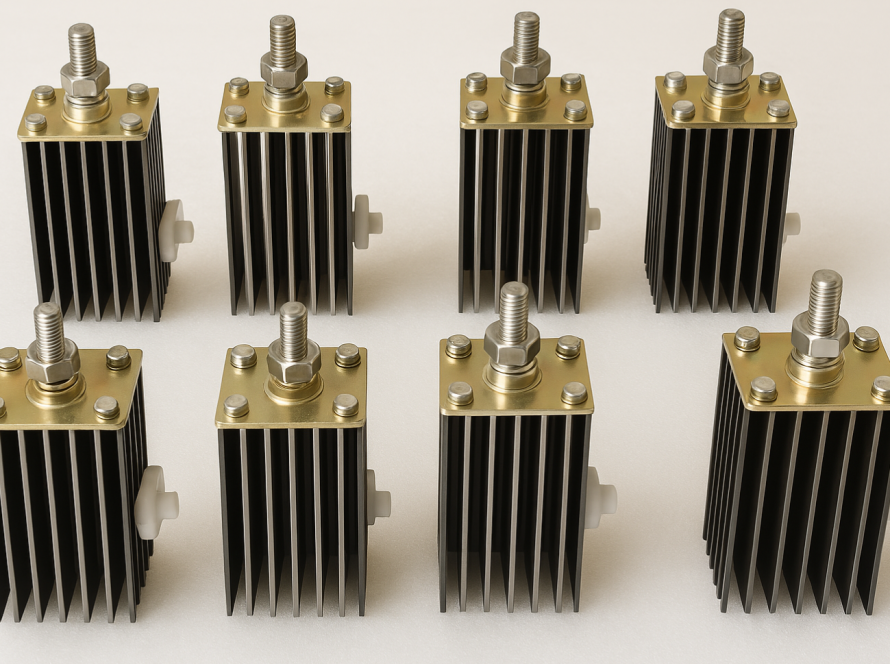Titanium Dioxide Electrodes: A Core Technology in Environmental and Energy Sectors
Titanium dioxide electrodes, renowned for their exceptional photoelectrochemical properties, have become pivotal in environmental remediation and renewable energy systems. TITIME leverages cutting-edge R&D and manufacturing to deliver high-performance, tailor-made titanium dioxide electrode solutions for global clients.

1. Applications: From Pharmaceutical Degradation to Solar Energy Conversion
- Environmental Remediation: Titanium dioxide electrodes enable efficient decomposition of stubborn organic pollutants, such as pharmaceutical residues (e.g., acetaminophen and valacyclovir), through photocatalytic reactions, revolutionizing industrial wastewater treatment.
- Energy Conversion: In dye-sensitized solar cells (DSSC), titanium dioxide electrodes serve as photoanodes, significantly enhancing solar energy conversion efficiency.
2. Technological Breakthroughs: Performance Enhancement and Innovation
TITIME employs advanced strategies to optimize electrode performance:
- Electrochemical Reduction Treatment: Generates Ti³⁺, Ti²⁺, and oxygen vacancies on the electrode surface, boosting conductivity and light-responsive capabilities.
- Composite Materials: Graphene-titanium dioxide composite electrodes and similar innovations improve electrochemical activity and stability.
3. Customization Services: Tailored Solutions for Diverse Needs
TITIME offers flexible customization services, including size adjustments, structural modifications, and functional optimizations (e.g., photoanode design), ensuring compatibility with varied applications and accelerating client R&D and industrialization.
With innovation at its core, TITIME continues to pioneer advancements in titanium dioxide electrode technology, delivering efficient and reliable solutions for global environmental and energy challenges. Moving forward, the company will expand into emerging markets such as photocatalysis and energy storage, leading the charge toward a greener future.
1. How to Improve the Photoelectrochemical Degradation Efficiency of Titanium Dioxide Electrodes?
- Electrochemical Reduction: Creates Ti³⁺, Ti²⁺, and oxygen vacancies to reduce electron-hole recombination and enhance charge carrier mobility.
- Composite Design: Integrating materials like graphene or carbon nanotubes increases surface area, improves light absorption, and accelerates charge transfer.
- Surface Modification: Loading noble metals (e.g., Au, Ag) or doping with elements (e.g., nitrogen, sulfur) optimizes bandgap structures and extends light absorption to the visible spectrum.
2. What Are the Specific Applications of Titanium Dioxide Electrodes in Pharmaceutical Degradation?
- Acetaminophen Removal: Achieves over 90% degradation efficiency via photocatalytic oxidation, converting acetaminophen into CO₂ and H₂O.
- Antiviral Drug Treatment: Degrades valacyclovir by generating hydroxyl radicals (·OH) under UV light, ensuring thorough mineralization.
- Antibiotic Wastewater Purification: Effectively breaks down tetracyclines and sulfonamides, mitigating antibiotic resistance risks in water systems.
3. What Are the Effects of Electrochemical Reduction Treatment on Titanium Dioxide Electrodes?
- Enhanced Conductivity: Ti³⁺ and oxygen vacancies act as electron pathways, reducing resistance and improving reaction kinetics.
- Broadened Light Absorption: Narrowing the bandgap extends absorption to visible light (400–600 nm), enhancing photoresponse.
- Improved Stability: Surface defects inhibit photo-corrosion, extending electrode lifespan for long-term applications.
Through these innovations, TITIME continues to advance the practical application of titanium dioxide electrodes in environmental and energy fields, driving sustainable industrial progress.



